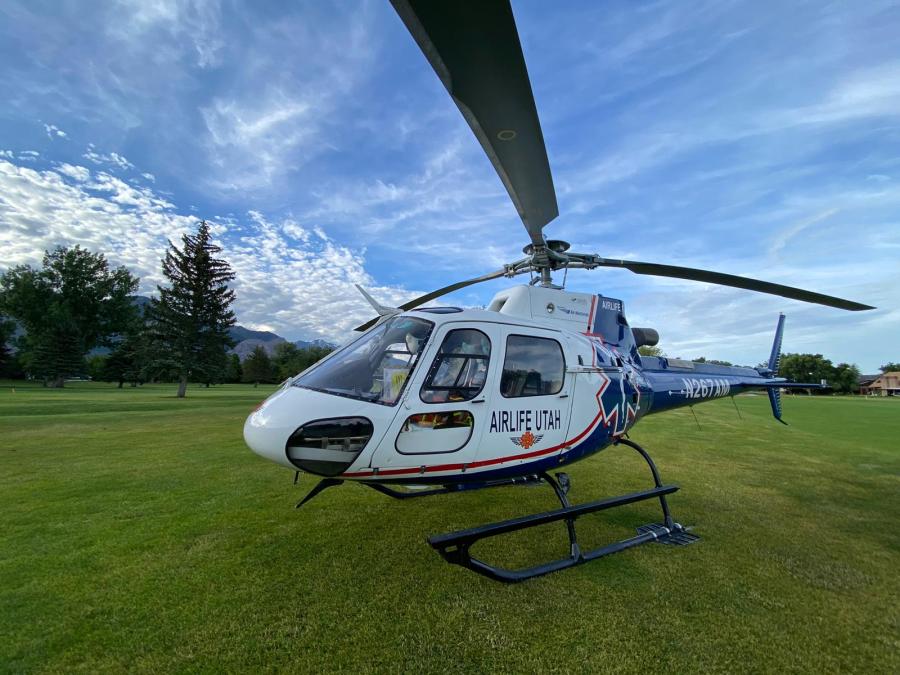Blood
AirLife helicopters now carrying blood on board for transfusions during transports
CEDAR CITY, Utah (ABC4) — AirLife Utah announced that its air ambulance helicopters are now carrying whole blood, meaning that as patients are being transported to hospitals, they can receive transfusions in the air.
As opposed to simply receiving platelets or plasma, whole blood is basically blood as it comes out of the body. Whole blood contains platelets, red blood cells, plasma, and clotting factors.
“Whole blood is the gold standard for blood delivery,” said Erik Bornemeier, account executive with Air Methods, the leading air medical service provider in the country and the parent company of AirLife Utah. “It is the best product for the human body, offering better and faster outcomes for the patient.”
Having blood on board will allow first responders to administer life-saving transfusions to patients without dipping into a local hospital’s supply, as well. It could also be very beneficial for rural residents who live long distances from a hospital or for rural hospitals with a limited blood supply.
“A recent study published in the Journal of the American College of Surgeons found that whole blood transfusions improve the 30-day survival rate of patients suffering from hemorrhagic shock by 60 percent,” stated a press release from AirLife. “The earlier patients receive whole blood, the better their outcomes, showing the significance of pre-hospital transfusion. Moderately to severely injured patients, including those with head injuries, particularly benefit from whole blood transfusions.”
AirLife officials pointed to a recent incident where a patient on blood thinners was able to receive a transfusion in the air. While some people need blood thinners for medical reasons, they can cause patients to bleed out faster when they have traumatic injuries.
“AirLife Utah is committed to early activation in trauma settings to make the greatest impact on the citizens and visitors to Cedar City and the surrounding counties in southern Utah,” said Cody Allen, flight paramedic with AirLife Utah. “Local EMS ground crews activating air medical transport early on, prior to arriving at the scene of a severe trauma, is a crucial component to getting this resource to the community.”

